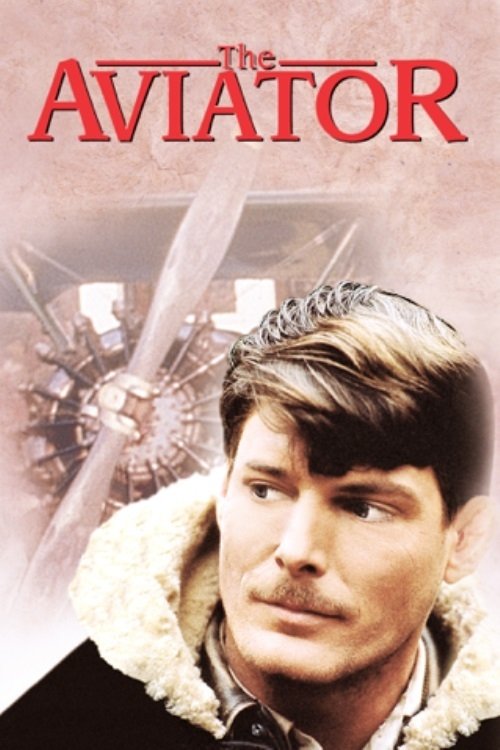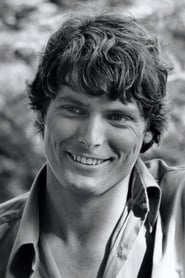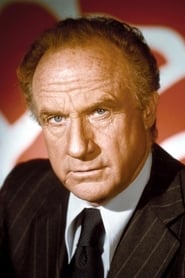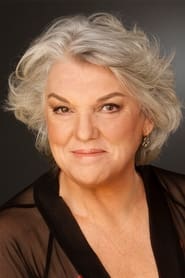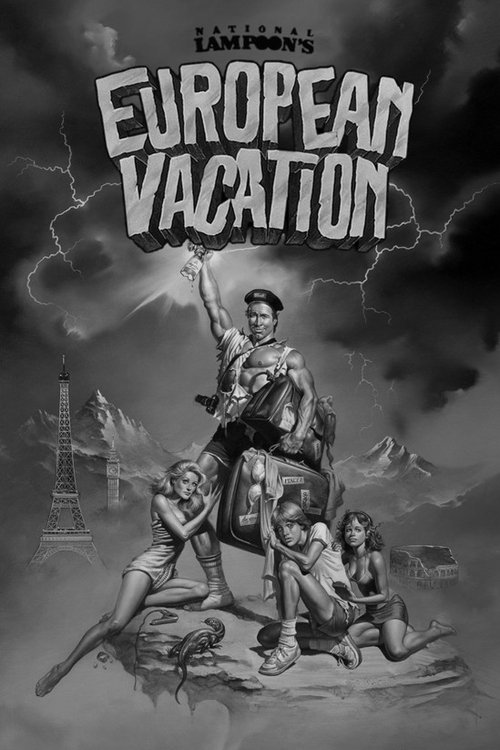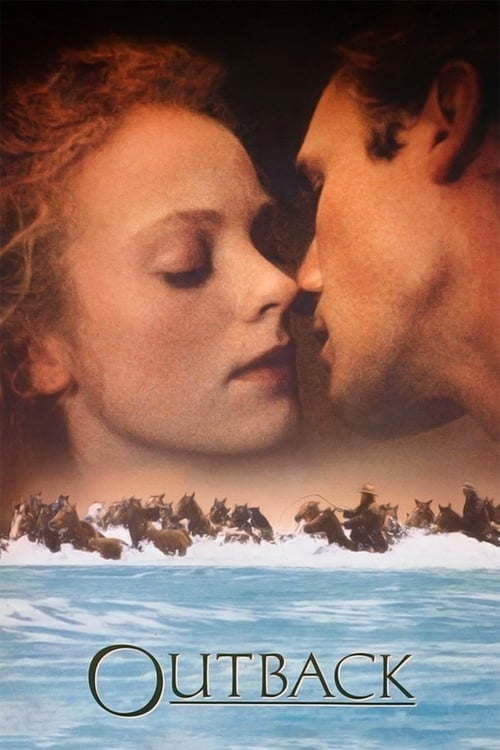
Ask Your Own Question
What is the plot?
The film opens in 1918 at a U.S. Army Air Corps flying school during the final year of World War I. Edgar Anscombe, a confident and cocky flight instructor, is teaching a young trainee pilot his first solo flight. Edgar's demeanor is authoritative but encouraging, embodying the bravado of a wartime aviator. As the trainee attempts to land, panic overtakes him. The plane veers off course and crashes violently, bursting into flames. Edgar manages to escape but suffers severe burns and a deep facial scar. The trainee pilot dies in the crash. This traumatic event immediately establishes Edgar's emotional burden, a wound he will carry for the rest of the story, shaping his withdrawn, haunted personality.
The narrative jumps forward ten years to around 1928. Edgar is now a contract airmail pilot flying the rugged and isolated CAM-5 route between Elko, Nevada, and Pasco, Washington. The once cocky instructor has become emotionally closed off, a man scarred not only physically but psychologically. He avoids meaningful contact with others, refusing friendship and love. Rose, a woman who cares for him, is gently spurned. Edgar's solitary existence is punctuated by his grim resolve to keep flying, despite the dangers. His boss, Moravia, owns the small air fleet and understands the risks but admires Edgar's skill and bravery.
Into this isolated world enters Tillie Hansen, the rebellious and outspoken daughter of wealthy banker Bruno Hansen. Tillie is about sixteen or seventeen and has been raised in a privileged but strict environment, dominated by her father and brothers after her mother's death. She resents the control her father exerts over her life. Bruno Hansen, using his influence as the banker for the airline, insists Tillie be sent to live with a strict aunt in Pasco to learn discipline and manners. Against her wishes, she is assigned passage on Edgar's mail plane, making her the first passenger on this airmail route. Edgar is reluctant to carry a passenger, haunted by the fatal crash of his trainee years before. Tillie's brash, defiant attitude immediately clashes with Edgar's cold reserve. Their interactions are terse and filled with mutual annoyance. Edgar coldly warns her, "Airplanes are NOT for transporting people from place to place," underscoring his deep-seated fear and distrust of carrying passengers.
The flight begins from Elko, Nevada, with Edgar piloting and Tillie reluctantly aboard. The tension between them is palpable, a clash of personalities and life experiences. They stop at Boise, Idaho, for refueling and maintenance. There, Edgar's friend Jerry Stiller services Edgar's plane, changing the oil lines on the engine. However, distracted by a phone call, Jerry neglects to inspect his work properly. This oversight is a critical plot point that will later cause disaster.
As the flight resumes, Edgar, eager to shorten the journey, decides to take a risky shortcut over the mountains rather than following the safer, established route. The tension between Edgar and Tillie escalates as they argue about the flight path and the dangers involved. Suddenly, the engine loses oil pressure due to the faulty repair on the oil lines. The engine fails completely, forcing Edgar to make an emergency crash landing on a remote mountain ridge in a harsh wilderness.
The crash site is a bleak, cold, and wolf-infested wilderness. Edgar and Tillie survive the crash but are stranded, isolated from civilization. The environment is unforgiving: bitter cold bites at their skin, and the threat of hungry wolves stalking nearby adds a constant menace. Initially, their relationship is hostile. Edgar's withdrawn, stoic nature conflicts with Tillie's rebellious, outspoken demeanor. They bicker and clash, each blaming the other for their predicament. Edgar's emotional scars and guilt weigh heavily on him, while Tillie's spoiled upbringing makes her unprepared for survival.
As days pass, the necessity of cooperation becomes undeniable. Edgar's experience and calm under pressure gradually earn Tillie's reluctant respect. She begins to shed her spoiled, entitled attitude, learning the harsh realities of survival. Edgar, in turn, confronts his trauma and guilt, finding a measure of healing in their shared struggle. The two form a fragile bond, their mutual dependence fostering growth and understanding. Edgar's internal battle with his past is mirrored by Tillie's transformation from a rebellious girl to a more mature, responsible young woman.
Meanwhile, back at the airfield, Moravia and Bruno Hansen anxiously communicate by radio, awaiting news of Edgar and Tillie. Moravia, drinking whisky to steady his nerves, reflects on the bravery and hardships of mail pilots like Edgar. His radio conversations with Hansen underscore the perilous nature of their work and the emotional toll it takes on those left behind.
Throughout their ordeal, Edgar and Tillie face numerous threats: the cold, hunger, and the ever-present danger of wolves. The film does not depict any further deaths beyond the trainee pilot in the opening scene. The wolves serve as a menacing backdrop, heightening the tension but not directly causing harm to the protagonists. Their survival depends on Edgar's skill and Tillie's growing resilience.
The climax arrives as Edgar and Tillie, having endured the wilderness and their own personal demons, are finally rescued. The film's resolution is hopeful yet grounded. Their relationship, once fraught with hostility and misunderstanding, has evolved into one of mutual respect and possibly affection. Edgar's scars, both physical and emotional, remain, but he is no longer defined solely by his trauma. Tillie's transformation is complete; she is no longer the spoiled rich girl but a young woman tempered by adversity.
The final scenes show Edgar and Tillie safe, their ordeal behind them. Moravia's earlier reflections linger, honoring the courage of mail pilots who risk everything to connect distant places. The film closes on this note of survival, growth, and the enduring human spirit amid danger and isolation.
In summary, The Aviator (1985) tells a story of trauma, survival, and transformation. Edgar Anscombe's journey from a haunted, scarred pilot to a man capable of connection is mirrored by Tillie Hansen's growth from rebellious youth to mature survivor. The deaths are limited to the opening trainee pilot, caused by panic and Edgar's initial failure to control the situation. The crash results from Jerry Stiller's negligence in failing to inspect the oil line repair, a key revelation. The wilderness ordeal tests and ultimately changes both characters, culminating in their rescue and hopeful future together.
More Movies Like This
Browse All Movies →What is the ending?
In the ending of "The Aviator," Howard Hughes faces the consequences of his obsessive behavior and deteriorating mental health. After a series of struggles with his aviation projects and personal relationships, he ultimately retreats into a life of isolation, haunted by his past and his fears.
As the film concludes, Hughes is seen in a darkened room, surrounded by the remnants of his once-great achievements. He is plagued by his obsessive-compulsive disorder, unable to escape the grip of his own mind. The film closes with Hughes repeating the phrase, "The way of the future," signifying his fixation on his vision for aviation and technology, even as he becomes increasingly disconnected from reality.
In a more detailed narrative of the ending:
The final act of "The Aviator" unfolds with Howard Hughes, portrayed by Leonardo DiCaprio, grappling with the overwhelming pressures of his life. The scene opens in a dimly lit room, cluttered with remnants of his past successes--blueprints, models of aircraft, and film reels. Hughes, now a shadow of his former self, is visibly frail and disheveled, his once-vibrant spirit dimmed by the weight of his obsessive-compulsive disorder.
As the camera pans across the room, we see Hughes meticulously organizing items, a manifestation of his compulsions. His hands tremble as he tries to maintain control over his environment, reflecting his internal chaos. The audience can feel the tension in the air, a palpable sense of his isolation and despair. He is haunted by the ghosts of his past, including the relationships he has lost, particularly with Katharine Hepburn, played by Cate Blanchett, and his business associates.
In a flashback, we witness Hughes's earlier triumphs, including the successful test flights of his aircraft. However, these moments are juxtaposed with his increasing paranoia and fear of germs, which have taken a firm hold on his life. The contrast highlights the tragic decline of a man who once soared to great heights but is now trapped in a prison of his own making.
As the narrative progresses, Hughes's interactions with his former associates become strained. He is unable to maintain the relationships that once fueled his ambition. The tension culminates in a confrontation with his business partner, Noah Dietrich, who expresses concern over Hughes's erratic behavior and the financial implications of his obsessive projects. Hughes, defensive and agitated, lashes out, revealing the depth of his paranoia and fear of betrayal.
The climax of the film arrives when Hughes is faced with a critical decision regarding the future of his aviation company. He is torn between his desire to innovate and the crippling fear that has paralyzed him. In a moment of clarity, he realizes that he must confront his demons, but the weight of his mental illness proves too great. He retreats further into isolation, symbolizing his surrender to the very fears he sought to overcome.
In the final scenes, Hughes is shown in a darkened room, repeating the phrase, "The way of the future," a mantra that encapsulates his obsession with progress and innovation. This repetition serves as a haunting reminder of his brilliance and the tragic toll it has taken on his life. The film closes with a lingering shot of Hughes, a man who once dreamed of changing the world but ultimately became a prisoner of his own mind.
As the credits roll, the fates of the main characters are left to linger in the audience's mind. Katharine Hepburn, who had been a source of support and love for Hughes, is seen as a poignant figure of lost potential, having been unable to save him from himself. Noah Dietrich, once a close confidant, is left to navigate the fallout of Hughes's decisions, representing the cost of ambition and the sacrifices made in the pursuit of greatness.
In the end, "The Aviator" paints a vivid portrait of a man whose genius was overshadowed by his struggles, leaving viewers to reflect on the complexities of ambition, mental health, and the human condition.
Is there a post-credit scene?
The movie "The Aviator," produced in 1985, does not have a post-credit scene. The film concludes without any additional scenes or content after the credits roll. The story wraps up with a focus on the life and struggles of Howard Hughes, emphasizing his achievements and the toll that his obsessive nature and mental health issues take on him. The ending leaves viewers reflecting on Hughes' legacy and the complexities of his character, but there are no further scenes to extend the narrative beyond the credits.
What motivates Howard Hughes to pursue aviation and filmmaking in The Aviator?
Howard Hughes, portrayed as a brilliant yet troubled figure, is driven by a deep passion for aviation and a desire to push the boundaries of technology. His early experiences with his father's successful tool company instill in him a fascination with engineering and innovation. This passion is further fueled by his ambition to create groundbreaking films, leading him to invest heavily in both industries. His relentless pursuit of perfection and fear of failure often clash with his personal struggles, particularly his obsessive-compulsive disorder, which complicates his relationships and decision-making.
How does Howard Hughes' relationship with Katharine Hepburn evolve throughout the film?
The relationship between Howard Hughes and Katharine Hepburn begins with a spark of mutual admiration and attraction, as both are larger-than-life figures in their respective fields. Hepburn, played with a spirited charm, becomes a source of emotional support for Hughes, encouraging him to confront his fears and insecurities. As their romance deepens, Hughes finds solace in Hepburn's presence, yet his mental health struggles create tension. The film captures their passionate yet tumultuous relationship, showcasing moments of joy and intimacy, contrasted with Hughes' increasing paranoia and obsession, ultimately leading to a heartbreaking separation.
What role does the development of the H-4 Hercules play in Howard Hughes' life and career?
The H-4 Hercules, also known as the Spruce Goose, represents both Howard Hughes' ambition and the pinnacle of his engineering prowess. As he embarks on this monumental project, the film illustrates Hughes' obsessive attention to detail and his desire to create an aircraft that defies conventional limits. The development process is fraught with challenges, including financial pressures and public scrutiny, which exacerbate Hughes' mental health issues. The H-4 becomes a symbol of his genius and his downfall, as the immense pressure to succeed leads to isolation and paranoia, ultimately culminating in a dramatic test flight that serves as a turning point in his life.
How does Howard Hughes' relationship with his mother influence his character in The Aviator?
Howard Hughes' relationship with his mother, portrayed as a controlling and overprotective figure, significantly shapes his character and emotional landscape. The film reveals that Hughes' mother instilled in him a fear of germs and a sense of inadequacy, which manifests in his later obsessive-compulsive behaviors. Flashbacks to his childhood highlight the impact of her strict upbringing, as she often emphasizes the importance of success and perfection. This complex dynamic contributes to Hughes' struggles with intimacy and trust in his adult relationships, as he grapples with the lingering effects of his mother's influence throughout his life.
What challenges does Howard Hughes face with the government and the aviation industry in The Aviator?
Throughout The Aviator, Howard Hughes faces significant challenges from both the government and the aviation industry, particularly as he becomes embroiled in political controversies and regulatory scrutiny. His ambitious projects, including the H-4 Hercules, attract attention from the military and government officials, leading to conflicts over safety regulations and funding. The film depicts Hughes' battles against the establishment, showcasing his determination to maintain control over his creations despite increasing pressure. These challenges exacerbate his paranoia and contribute to his eventual withdrawal from public life, highlighting the tension between innovation and regulation in the aviation sector.
Is this family friendly?
The Aviator, produced in 1985, is a biographical drama that explores the life of Howard Hughes, a pioneering aviator and filmmaker. While the film does not contain explicit content, there are several elements that may be considered objectionable or upsetting for children or sensitive viewers.
-
Mental Health Struggles: The film delves into Howard Hughes' struggles with obsessive-compulsive disorder (OCD) and anxiety, which may be distressing for viewers who are sensitive to mental health issues.
-
Depictions of Fear and Paranoia: There are scenes that illustrate Hughes' increasing paranoia and fear, which can be intense and unsettling.
-
Aviation Accidents: The film includes depictions of plane crashes and the dangers of aviation, which may be frightening for younger audiences.
-
Romantic Relationships: There are portrayals of romantic relationships that may include themes of obsession and heartbreak, which could be complex for younger viewers to understand.
-
Historical Context: The film touches on the pressures of fame and the impact of public scrutiny, which may resonate with sensitive viewers.
Overall, while The Aviator is not overtly graphic or violent, its themes and emotional depth may require parental guidance for younger audiences.

